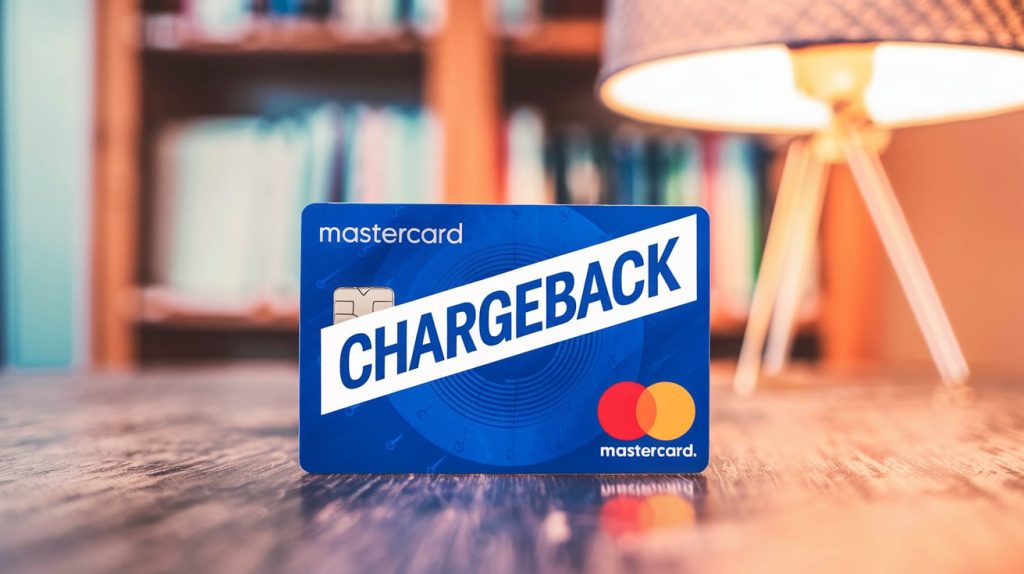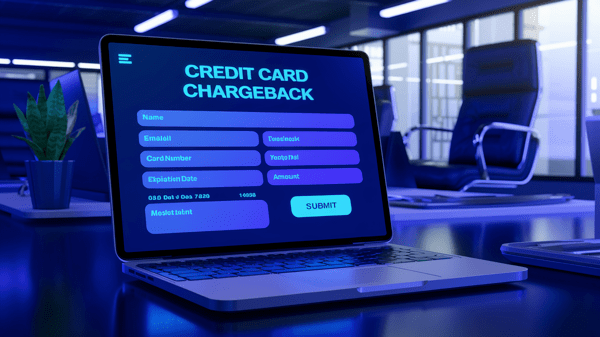Mastercard Chargeback Reason Codes: A Practical Guide for Merchants
Chargebacks are a significant concern for businesses, leading to revenue losses and higher processing costs. For those handling Mastercard transactions, understanding chargeback reason codes is crucial. These codes categorize why a cardholder disputes a transaction and guide merchants on how to address the issue.
This article outlines the Mastercard chargeback process, explains key reason codes, and provides actionable tips for managing and preventing chargebacks. Two tables are included: one with a full list of Mastercard chargeback reason codes and another summarizing prevention strategies.
The Mastercard Chargeback Process
Chargebacks start when a cardholder disputes a transaction with their issuing bank, resulting in a reversal of the transaction amount from the merchant’s account. The process aims to protect consumers from fraudulent or erroneous charges, but it can be costly for merchants.
Chargeback Process Steps
- Dispute Initiation: The cardholder disputes a transaction, triggering the chargeback process. This could be due to unauthorized transactions, billing errors, or dissatisfaction with the product or service.
- Chargeback Issuance: The issuer reviews the dispute and assigns a specific reason code based on the cardholder’s claim. This reason code is communicated to the merchant’s acquiring bank.
- Merchant Response: The merchant can accept the chargeback or contest it by providing evidence to the acquirer that the chargeback is invalid.
- Resolution: The acquirer reviews the evidence and decides whether to represent the chargeback to the issuer. If the issuer accepts the representation, the chargeback is reversed. If not, the dispute may go to arbitration, where Mastercard makes the final decision.
Importance of Reason Codes
Mastercard chargeback reason codes are critical for categorizing disputes. Understanding these codes helps merchants identify patterns, implement preventive measures, and reduce chargebacks.
Mastercard Chargeback Reason Codes
Mastercard chargeback reason codes are categorized into four main groups:
- Authorization Issues
- Cardholder Disputes
- Fraud
- Point of Interaction (POI) Errors
Below is a comprehensive table of all Mastercard chargeback reason codes:
Table 1: Mastercard Chargeback Reason Codes
| Category | Reason Code | Description |
|---|---|---|
| Authorization Issues | 4808 | Authorization not obtained or expired. |
| 4812 | Account number not on file. | |
| Cardholder Disputes | 4853 | Goods or services not provided. |
| 4854 | Cardholder dispute not elsewhere classified (NEC). | |
| 4855 | Goods or services not as described or defective. | |
| 4859 | Addendum, no-show, or ATM dispute. | |
| 4860 | Credit not processed. | |
| 4900 | Service canceled but still billed. | |
| 4999 | Domestic chargeback dispute (not fraud). | |
| Fraud | 4837 | No cardholder authorization (fraudulent transaction). |
| 4849 | Questionable merchant activity. | |
| 4863 | Cardholder does not recognize/potential fraud. | |
| 4870 | EMV liability shift due to counterfeit transaction. | |
| 4871 | EMV Chip/PIN liability shift—lost/stolen card fraud. | |
| Point of Interaction Errors | 4831 | Transaction amount differs from what was agreed. |
| 4834 | Point of interaction error or technical issue. | |
| 4842 | Late presentment of the transaction. | |
| 4846 | Incorrect currency code or conversion issues. |
Explanation of Common Chargeback Codes
Authorization Issues
Code 4808: Authorization Not Obtained
This code is used when a transaction is processed without proper authorization. It often occurs due to expired authorization, incorrect account details, or processing after a declined transaction.
Handling: If you receive this chargeback, check your transaction logs for any discrepancies in authorization. Provide evidence of valid authorization to contest it.
Prevention:
- Ensure transactions are authorized and record the authorization code.
- Avoid processing transactions on expired cards.
- Never override declined transactions without proper verification.
Cardholder Disputes
Code 4853: Goods or Services Not Provided
This code is applied when the cardholder claims they did not receive the goods or services paid for.
Handling: Provide proof of delivery, service agreements, or any communication with the customer confirming the transaction’s fulfillment.
Prevention:
- Use reliable shipping services with tracking.
- Keep clear records of customer interactions and service agreements.
- Communicate proactively with customers about delivery times and service expectations.
Code 4855: Goods or Services Not as Described
This code applies when the cardholder claims that the received goods or services do not match the description provided at the time of purchase.
Handling: Submit evidence that the product or service was accurately described, including photos, descriptions, and customer communications.
Prevention:
- Provide clear and detailed descriptions of products and services.
- Ensure product images are accurate and representative.
- Offer excellent customer support to resolve any issues before they escalate.
Fraud
Code 4837: No Cardholder Authorization
This code is used when the cardholder denies authorizing the transaction, often indicating fraud.
Handling: Dispute this chargeback by providing evidence such as transaction logs, customer verification records, or proof of delivery to the cardholder’s address.
Prevention:
- Implement fraud detection tools, such as AVS and CVV checks.
- Use tokenization and encryption to protect cardholder data.
- Train staff on verifying cardholder identity during transactions.
Point of Interaction Errors
Code 4834: Point of Interaction Error
This code is used when there is an error at the point of interaction, such as duplicate processing or incorrect transaction amounts.
Handling: Review the transaction details and provide evidence showing that the transaction was processed correctly, or issue a refund if a mistake was made.
Prevention:
- Regularly update and maintain POS systems to avoid technical issues.
- Train staff on proper transaction procedures.
- Conduct routine audits of transaction records to catch errors early.
Preventing Chargebacks
Managing chargebacks effectively requires a proactive approach. By understanding the common reasons for chargebacks and implementing preventive measures, merchants can reduce their chargeback ratios.
Best Practices
- Accurate Record Keeping
- Maintain detailed records of all transactions, including authorization codes, receipts, and customer communications.
- Store evidence of delivery and service agreements to respond quickly to chargeback disputes.
- Customer Communication
- Ensure clear and transparent communication with customers about product descriptions, delivery timelines, and service expectations.
- Address customer complaints and issues promptly to prevent them from escalating into chargebacks.
- Fraud Prevention
- Implement advanced fraud detection tools and regularly update them.
- Use secure payment gateways with encryption and tokenization features.
- Transaction Monitoring
- Regularly review transaction logs for suspicious activity or errors.
- Set up alerts for unusual transaction patterns that may indicate fraud or technical issues.
Table 2: Chargeback Prevention Strategies
| Strategy | Details |
|---|---|
| Accurate Record Keeping | Maintain comprehensive records of all transactions, including customer communications. |
| Customer Communication | Provide clear information on products/services, and resolve issues quickly. |
| Fraud Prevention | Use AVS, CVV checks, and encryption to protect against fraud. |
| Transaction Monitoring | Review transaction logs regularly for inconsistencies or suspicious activity. |
Anti-Chargeback Solutions
For better protection against chargebacks, consider partnering with an anti-chargeback solution like Merchanto.org, an official VISA and Mastercard partner. This can help detect and prevent chargebacks before they occur, reducing the risk and protecting your revenue.



